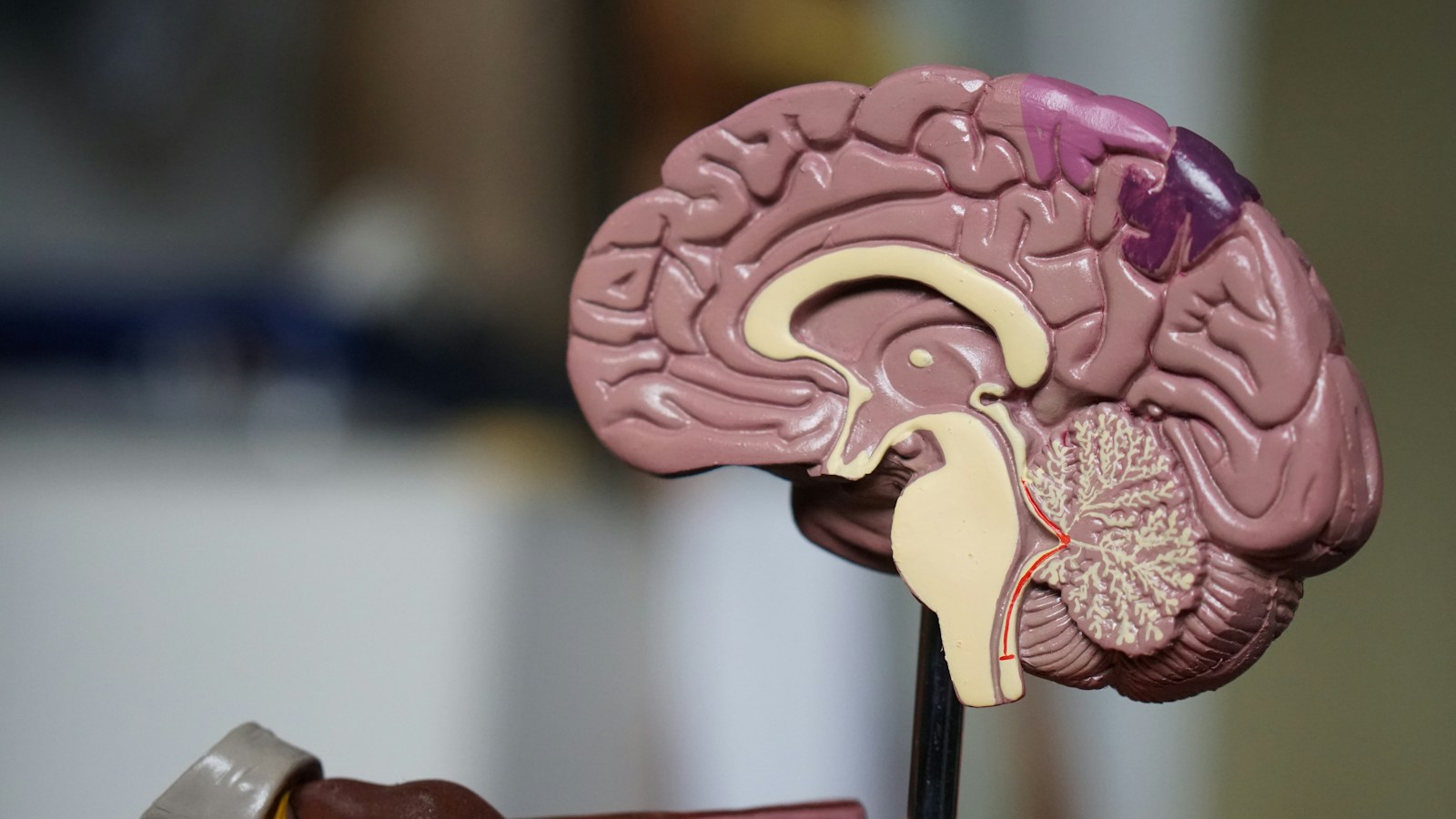
Photo by Robina Weermeijer on Unsplash
First Neuralink Implant Successfully Inserted in Human Patient
January 30, 2024
Elon Musk has made another groundbreaking announcement. The pioneer behind Tesla and SpaceX has now achieved a significant first in the world of neural technology — the initial implantation of a Neuralink device in a human subject.
Just last week, a person became the first-ever to receive the revolutionary Neuralink implant. The surgery was successful, and they’re now on the path to recovery. Early results indicate the potential for neuron spike detection, a key requirement for direct brain-computer communication.
Earlier in the year, Neuralink shared its plans for the Precise Robotically Implanted Brain-Computer Interface (PRIME) study. The purpose? To verify the safety and efficacy of their N1 implant and R1 surgical robot. The ultimate goal is to allow paralyzed individuals to control external devices through sheer mind power.
Enter: Telepathy. That’s what Musk calls the first version of the Neuralink system. The concept is mind-boggling — controlling your phone, computer, and virtually any other device without lifting a finger. The initial users are expected to be individuals who have lost the ability to use their limbs.
“Imagine if Stephen Hawking could communicate faster than a speed typist or auctioneer. That is the goal,” Musk said.
For Neuralink, gaining FDA approval for human trials was a critical hurdle. It’s a crucial milestone they managed to hit in May of last year. Initial applications were rejected in the early part of 2022 due to safety concerns, but these were systematically addressed.
Neuralink was born out of Musk’s vision to create a technological interface between the brain and electronic devices. Launched in 2016, its mission is to help people with paralysis regain motor function. In the long run, Musk has aspirations to use AI-empowered brain chips to treat neurodegenerative conditions like Parkinson’s, dementia, and Alzheimer’s.
This first successful surgery is certainly a commendable step toward this vision. And from this point forward, the possibilities could be endless. The world of science and technology eagerly awaits the coming advancements.
Recent News
New Starbucks Artist Collaboration Merch Announced
Inspired by personal experiences and cultural heritage, artist Monyee Chau brings forth a collection under the Starbucks Artist Collaboration Series set to debut this summer.
FDA Says Eating Yogurt May Help With One Common Disease
The Food and Drug Administration claims that yogurt could help with one common disease, but there’s a catch as to not mislead consumers.
Climeworks Unveils ‘World’s Largest’ Carbon Capture Plant
Amidst the global climate crisis, a groundbreaking solution emerges: the inauguration of the world’s largest carbon capture plant, “Mammoth,” in Iceland. Developed by Climeworks, this plant marks a significant stride in the pursuit of curbing planet-heating emissions.
Palmer Candy Company Recalls 29 Products for Possible Salmonella Contamination
The Food and Drug Administration (FDA) has recalled 29 of Palmer Candy Company’s white-coated confectionary items because of the potential for salmonella contamination.

